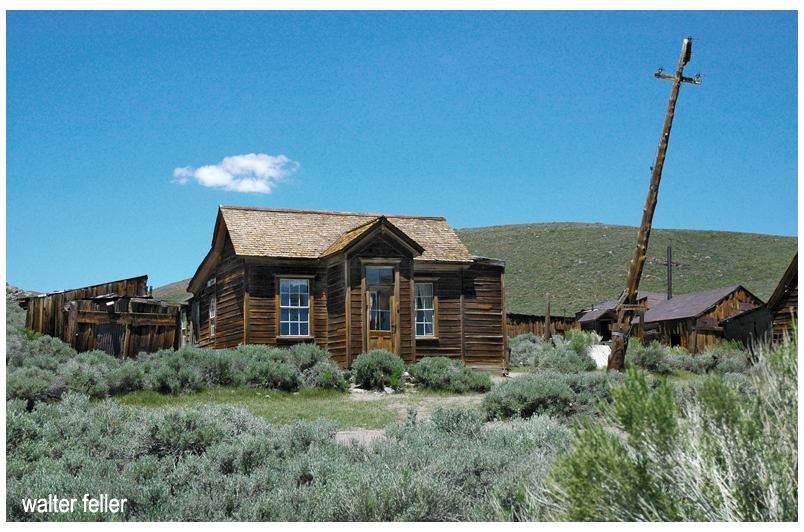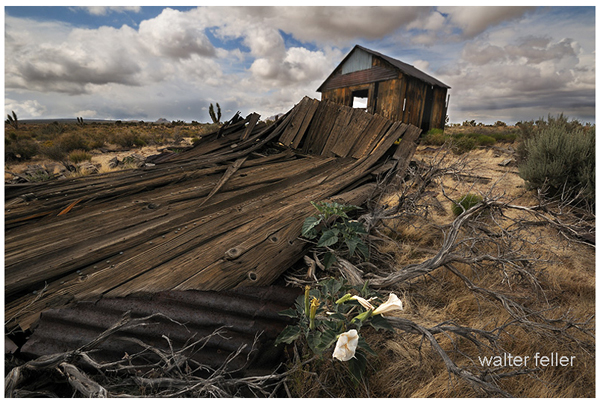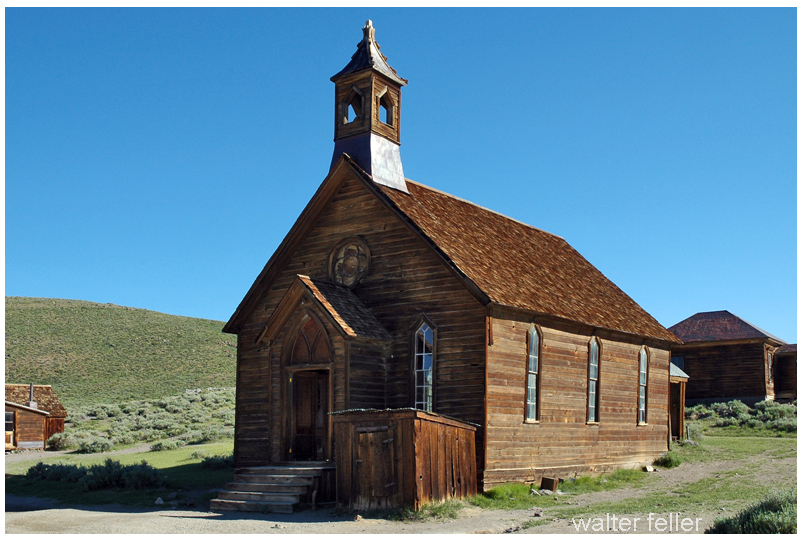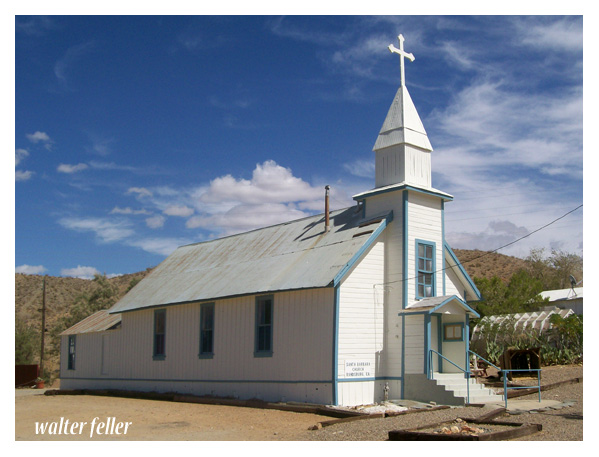Bodie and Mojave Desert ghost towns are examples of abandoned settlements in the Western United States. Still, they are located in different regions and have distinct historical and geographical contexts.


Here’s how Bodie ghost town compares to Mojave Desert ghost towns
- Location:
- Bodie Ghost Town is located in eastern California, near the Nevada border, in the Bodie Hills of the Sierra Nevada Mountains. It is not part of the Mojave Desert.
- Mojave Desert ghost towns, on the other hand, are scattered throughout the Mojave Desert region, which covers parts of California, Nevada, Utah, and Arizona. These ghost towns are found in a desert landscape, whereas Bodie is in a mountainous area.
- Historical Significance:
- Bodie Ghost Town was once a bustling mining town during the late 19th century. It boomed during the Gold Rush but declined when the mines became depleted. It is known for its remarkably well-preserved buildings and artifacts, making it a popular tourist attraction and a State Historic Park.
- The Mojave Desert ghost towns have diverse histories related to mining or other industries. These towns experienced growth and decline due to factors like mining, railroads, or changes in economic activity in the region.
- Geography and Climate:
- Bodie’s location in the Sierra Nevada Mountains has a colder, alpine climate with snowy winters. It is not in a desert like the Mojave Desert ghost towns, which have hot, arid desert climates.
- Preservation:
- Bodie Ghost Town is notable for its excellent preservation, with many buildings and artifacts remaining intact. It provides a unique glimpse into the past due to its relatively isolated location and the efforts to protect and maintain it.
- Mojave Desert ghost towns vary in their levels of preservation. Some may have deteriorated significantly, while others may have been partially restored or maintained for historical and tourist purposes.
In summary, while Bodie Ghost Town and Mojave Desert ghost towns share the common theme of being abandoned settlements in the American West, they differ in their locations, historical backgrounds, climates, and levels of preservation. Each ghost town has its unique story and charm, showcasing the diversity of the history and landscapes of the Western United States.
Similarities
While Bodie Ghost Town and Mojave Desert ghost towns differ, they also share similarities due to their historical significance as abandoned settlements in the American West.


Here are some commonalities between them:
- Mining History: Both Bodie Ghost Town and many Mojave Desert ghost towns have roots in mining activities. They were often established to support nearby mining operations for gold, silver, copper, or other valuable minerals.
- Boom and Bust Cycles: Both ghost towns experienced periods of rapid growth and prosperity (boom) followed by economic decline and abandonment (bust) as the mining or other industries became less profitable or were exhausted.
- Historic Architecture: Both Bodie and the Mojave Desert ghost towns feature historic buildings and structures that reflect the architectural styles of the late 19th and early 20th centuries. These buildings offer insights into the daily lives of the people who once inhabited these towns.
- Tourism and Preservation: Many ghost towns, including Bodie, have been preserved and turned into tourist attractions or historic sites. Visitors can explore the well-preserved or partially restored buildings and artifacts, providing a glimpse into the past.
- Cultural Significance: These ghost towns hold cultural significance, representing a particular era in American history when mining and westward expansion were prominent. They serve as reminders of the challenges and opportunities that shaped the American West.
- Isolation: Bodie Ghost Town and many Mojave Desert ghost towns are often located in remote or isolated areas. This isolation contributed to their decline and abandonment as access to resources and services became more challenging.
- Natural Surroundings: While Bodie is mountainous, some Mojave Desert ghost towns are in arid desert landscapes. Both types of locations offer unique natural surroundings that add to the appeal of these historical sites.
- Photogenic and Cinematic Appeal: Bodie and Mojave Desert ghost towns have been popular settings for photography and film productions. Their well-preserved or picturesque appearances have made them attractive for creative projects.
- Historical Documentation: Researchers and historians have documented the histories of both Bodie and Mojave Desert ghost towns, helping preserve the stories and heritage of these places.
In summary, Bodie Ghost Town and Mojave Desert ghost towns share several similarities in their historical origins, economic activities, architectural heritage, cultural significance, and appeal as tourist destinations. However, it’s important to recognize that each ghost town has unique characteristics and history that make it special.